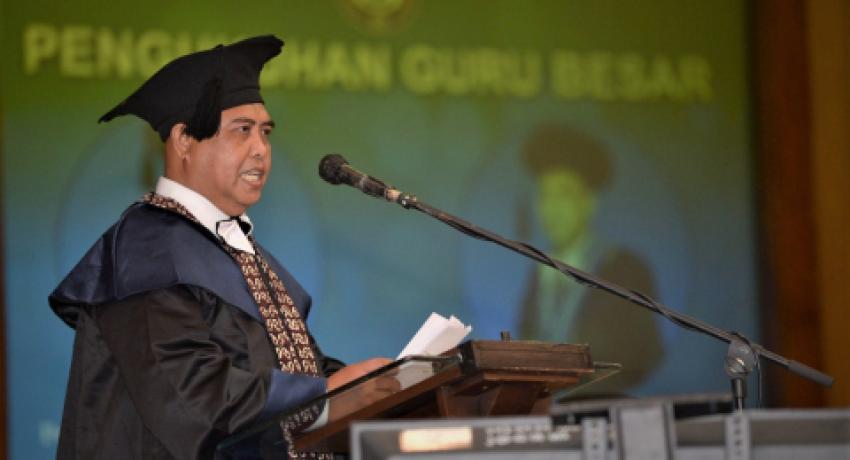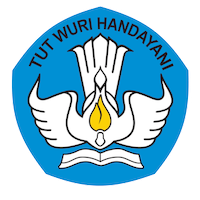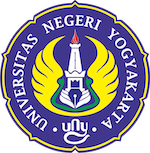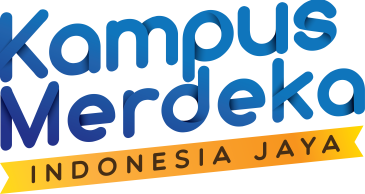UNY officially inaugurated Prof. Dr. Dadan Rosana, M.Si, as the Professor from the Science Education Study Program, Faculty of Mathematics and Natural Sciences at the UNY Auditorium (21/11). He delivered a scientific oration entitled Integrated STEAM Learning Gamelan Music Ethnoscience and AOGS in HOTS Development Towards SDGs in Education. Thus, the total number of professors that UNY has as many as 166 person.
According to Dadan, the purpose of implementing STEAM integrated ethnoscience in science learning design, especially in the Biophysics subject, is to develop High Order Thinking Skills (HOTS). The working principle of AOGS is basically to utilize audio frequencies at certain frequencies and intensities (modified using sound forge), both natural animal sounds such as those that have been developed so far (garengpung(cicada), crickets, etc.) or gamelan sounds to open stomata so that plants become greedy because can absorb more nutrients. "From this explanation, hopefully it can be seen how important it is to combine science, technology, engineering, arts / culture, and mathematics in an effort to prepare students to develop higher-order thinking skills, so they can compete in the future," he explained.
The focus on developing the ethnoscience-integrated STEAM design is on efforts to encourage students to create new study materials or scientific products at the end and the science learning process (best practices for implementing gamelan music and AOGS in sound wave studies). The learning process is more important than the final product because in the process there are aspects of exploration, creative thinking, engineering design, creative expression, evaluation, and redesign.
There are several benefits that can be seen immediately from the ethnoscience integrated STEAM learning model that has been continuously being developed to date, namely 1) the direct impact of learning on improving the welfare of the farming community; 2) there are real examples (best practice) combining between STEAM components in learning; 3) there are concrete stages in developing higher order thinking skills as an effort towards achieving SDGs 2030.
Dadan hopes that his small contribution can become a best practice model on how to apply STEAM in science learning. "At least, these activities and thoughts are in line with the new policy of the Ministry of Education and Culture which will soon implement the Minimum Competency Assessment (AKM), which contains literacy and numeracy, this AKM demands high-level thinking skills, and hopefully what has been done can become a the missing mosaic is in the form of an effective learning process as a complement to the implementation of the AKM assessment system, "hoped Dadan. (rew, Tj Lak)





